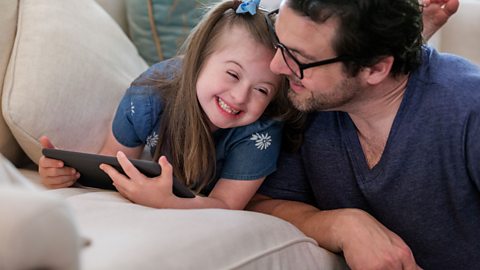By Dr Anthony J. Maher - Reader in Physical Education and Children's Physical Activity at Edge Hill University.
Many of us struggled to balance working from home, home-schooling, and wider caring responsibilities during recent restrictions. With so much to do it's been easy to be inactive physically. Now more than ever itтs important for parents of children with special educational needs and disabilities (SEND) to introduce and encourage physical activity into their children's daily lives.
Here are some examples of activities that parents and children with SEND can do together to get active. Note that you and your child can work together to make modifications, so that games are tailored to their abilities.
Activity 1 т Target games
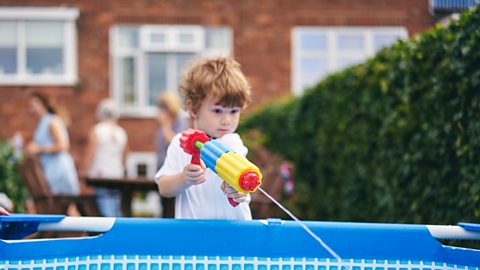
Target games are a great way of improving aim and accuracy. Pitching a basketball or netball through a hoop, or throwing tennis balls would work if you have these, and the space, available. But you can adapt the game for the space available and for children of differing abilities, so bean bags, rolled up socks or paper into a bucket or basket are great examples. Think about increasing the distance of the thrower from the target, or decreasing the size of the target to make it more challenging.
Activity 2 т Treasure hunting
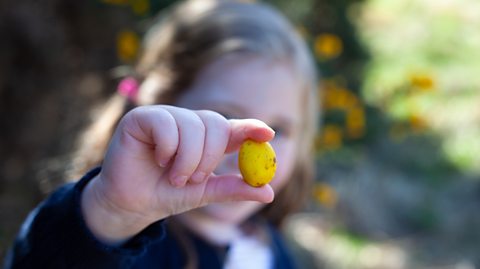
It doesn't have to be Easter to have an тegg hunt.т Setting up a trail or course in the form of treats and - if you want to add an extra layer of fun - either clues or questions, is an interesting and fun way of developing problem-solving skills. You could start by hiding тquestionsт or тcluesт round the house, then drawing a тtreasureт map that your child uses to find them. The questions or clues lead to hidden тtreatsт as a reward.
Exploring the home or garden is a great way to get kids active and the 'treasure hunt' element can be really engaging. To extend the fun, you can give them a turn to write questions, hide treats, and draw the map for you!
Activity 3 т Seated volleyball
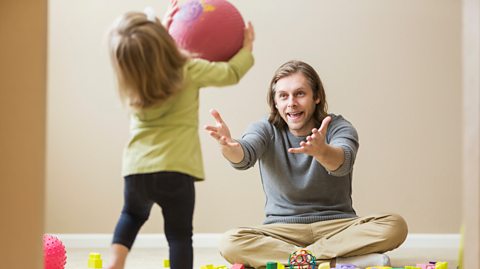
Seated volleyball is a great game to play with your child. Players face each other, while seated, on separate sides of the net. The aim of the game is to land the ball on the opponentтs court to score points. Child-size volleyballs or beachballs may work if you're outdoors, and balloons can be used if indoors. Working together with your child to construct a тnetт from cushions or pillows is a fun way to set up this activity. Come up with your own point scoring system and give your child the responsibility to keep score.
Activity 4 т Obstacle course
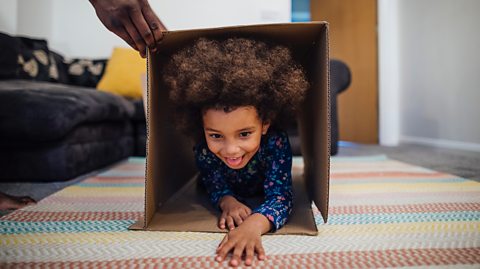
Children love to climb over and under things. So, why not help them get active with a home-made obstacle course? Soft furnishings like cushions, pillows and bean bags can be used to construct a course for your child to navigate. This is something you and your child could do together. Before they start, make sure the course and environment are safe, and treat those family valuables with care! To give you some inspiration watch this video from the ТщЖЙдМХФ's Tiny Happy People campaign.
Remember that тone size doesnтt fit allт. When planning any activity, it's important that you consider the abilities of your child, and that you get them involved in decisions about what activities they do and how they do them.
Itтs equally important that you and your child do activities together. Youтre a role model for your child, so theyтre more likely to engage in physical activity if you do. There are many excellent resources available to support your child to learn about, and through, bodily movement while at home.
All the games above offer opportunities for further learning as well as fun.As you play, you can ask questions that you and your child can then discuss to support their learning:Click here for example questions you can use for some of the activities that are listed above.
For further help there are resources available like , developed by the Yorkshire Sport Foundation and Association for Physical Education (AfE), which is an excellent starting point.The Youth Sport Trust also offer designed to ensure that pupils with SEND can access inspiring, accessible and meaningful physical education during their home learning.

More from ТщЖЙдМХФ Bitesize Parents' ToolkitтІ
Parents' Toolkit
Fun activities, real-life stories, wellbeing support and loads of helpful advice - we're here for you and your child.

Five multisensory activities you can do with your child at home
Dr Susie Nyman shares her top tips on multisensory activities that you can do around the house with your child.
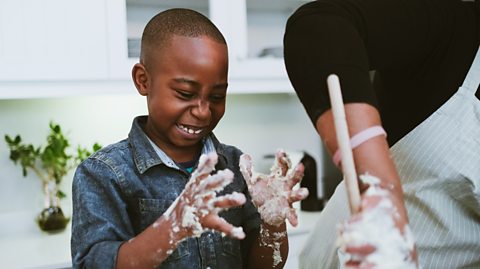
Outdoor games for explorers
Five adaptable games to help get your child outdoors and loving their environment
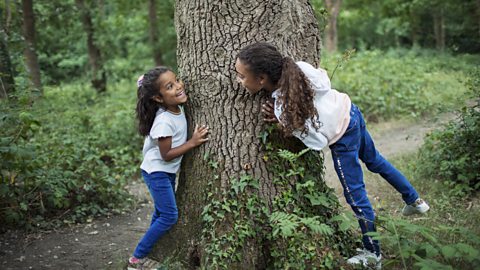
What is inclusive sport and how can I play at home with my child?
How to adapt inclusive sports at home for disabled and non-disabled children.
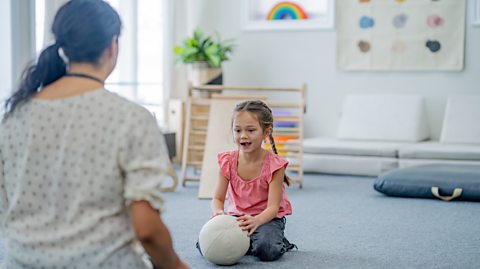
Reflective questions for parents playing games with their SEND children
Slides accompanying the article Fun games to help children with SEND get active at home

